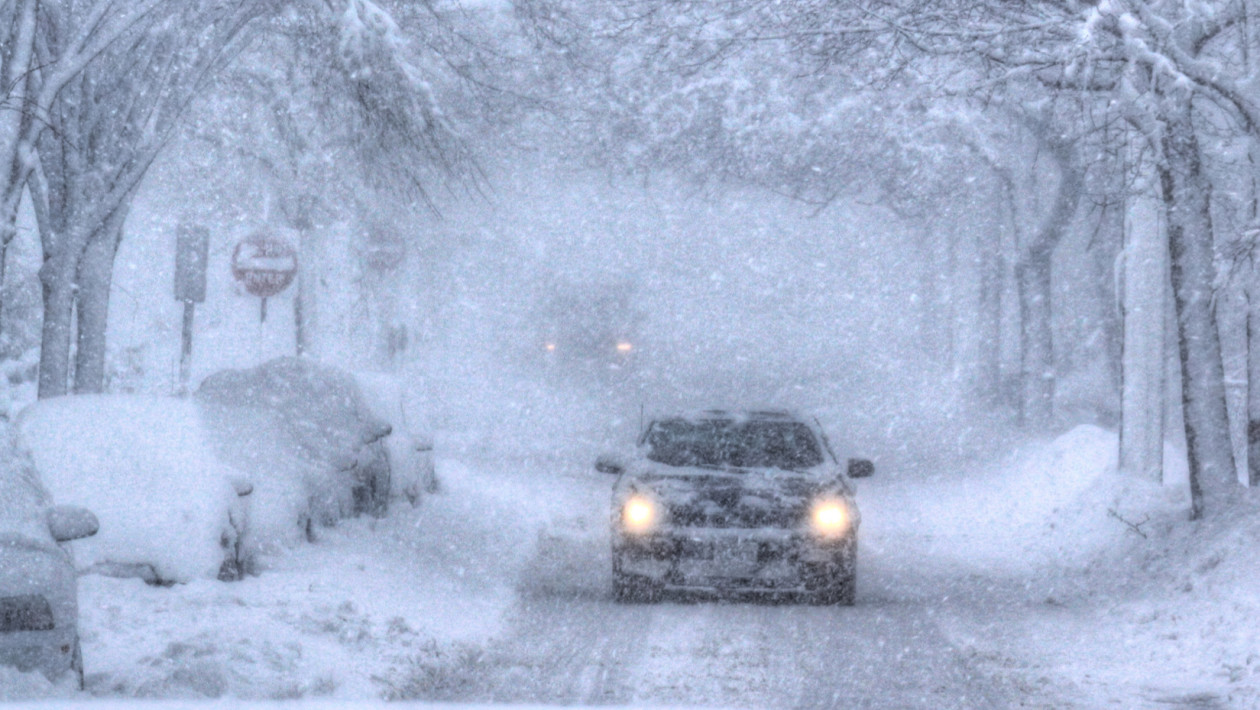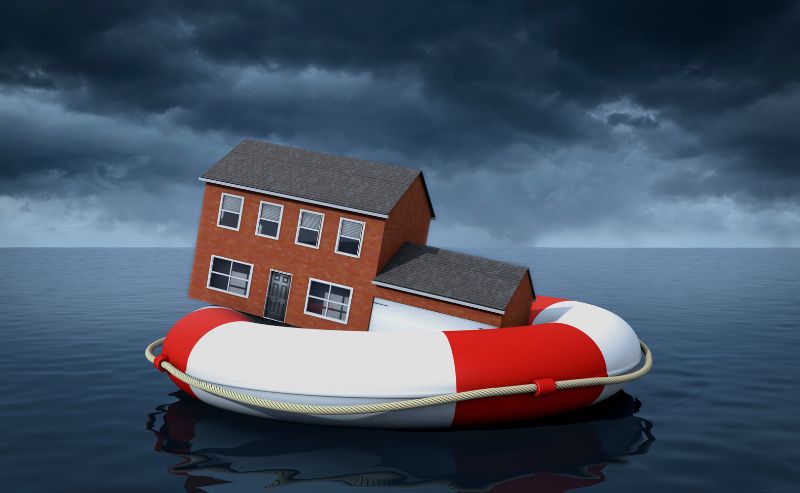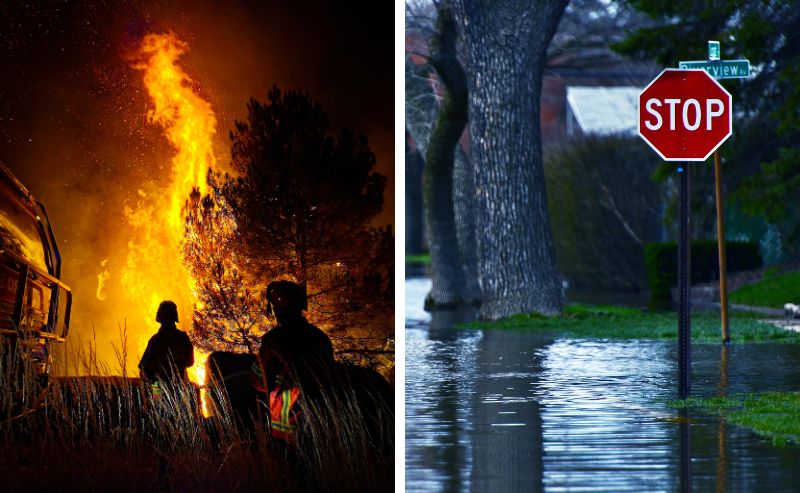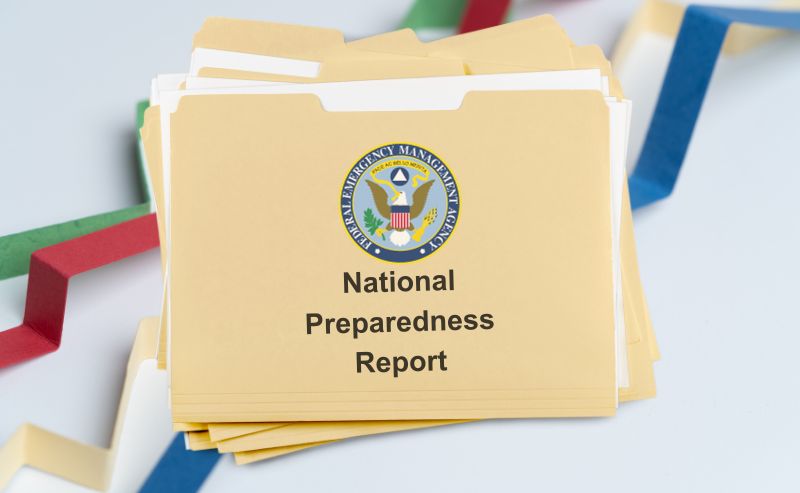Regardless of the type of precipitation you normally (or normally don’t) receive in your area, all can wreak havoc on your organization. In 2017 alone there were 16 weather and climate disaster events with losses exceeding $1 billion each. As such, resilience professionals are looking toward the sky as they make crucial contingency planning decisions within their walls. Many are also turning to BOLDplanning for expert guidance and leading-edge, cloud-based planning software to improve their organization’s readiness for the following weather hazards.
Rain and the Potential for Flooding
Copious rainfall can lead to flooding (riverine, overbank and flash), posing significant risk to roadways, structures and most concerning, people. There were 234 flood-related fatalities reported from January 15, 2015 through June 25, 2016. The latest stats from the National Centers for Environmental Information (NCEI) show that there were ten deaths recorded in 2017 due to flooding, and 20 due to flash flooding. As for businesses, flooding poses numerous risks to employee safety, facilities and daily operations.
- Flooding can lead to road closures, making it difficult (or even impossible) for people to get to work, much less return to their homes.
- High water can fill basements and lower levels of buildings where important documents and equipment may be stored.
- Clean up and water damage restoration may take days, weeks or even months, forcing your organization to modify business hours, shift operations to alternate facilities, or worse, close temporarily.
Hail Damage
Usually associated with heavy thunderstorms, hail can occur most anywhere in the U.S., and its damage can be costly. As published by The Weather Channel, of the estimated $10 billion in losses annually from severe thunderstorms during the past decade, hail accounts for at least half the cost to both property and agricultural insurance entities. The costliest hailstorm in U.S. history—$2.8 billion in damage according to the National Oceanic and Atmospheric Administration (NOAA)—hit the Phoenix metro area in October 2010.
While the hailstones associated with this particular storm measured up to three inches in size, it’s important to note that significantly smaller ones (approximately one inch in diameter) can cause significant damage to structures and vehicles. Hail can even cause bodily injury. In fact, NOAA estimates that 24 people in America are injured by hail each year. So, what does the potential for hail mean to your organization?
- Hailstones can break windows and cause serious damage to roofs, resulting in water leaks and the potential for ceiling collapses. Such failures can destroy vital documents and equipment, and even hurt employees.
- Hail can damage or destroy roof-mounted HVAC units, causing uncomfortable or intolerable temperatures for employees, as well as the overheating of equipment.
- Like flooding, repairs due to hailstorms may impact normal business operations for extended periods of time.
Ice, Sleet and Snow Events
Depending on your location, it may take only a little or a lot of ice, sleet or snow to bring your organization to its knees. Take Birmingham, Alabama, for example, where record-setting snowfall in December 2017 caused many area businesses, along with the state’s entire public school system, to shut down for a day. Or, Atlanta, Georgia, which was completely paralyzed by just a few inches of snow in January 2014. Next, consider areas of the Northeast, where a blizzard dropped nearly four feet of snow, bringing most everything (and everyone) to a standstill last March. In all instances, organizations found themselves contending with certain winter weather hazards.
- Frozen precipitation can cause roadways to quickly become impassable, leaving employees stranded at home, in the office, or even in the car.
- Ice, sleet and snow can make sidewalks and parking lots treacherous, increasing the risk of falls, as well as your organization’s injury liability.
- Heavy ice and snow can cause power lines to fall, leaving your organization powerless for hours, or even days.
So, what are the chances rain, hail, ice, sleet or snow will eventually impact your area and ultimately, your organization? Probably pretty good. According to the U.S. Environmental Protection Agency (EPA), total annual precipitation in the contiguous 48 states has increased at the rate of 0.17 inches on average per decade since 1901.
Having experienced the May 2010 flood in Nashville, Tennessee, BOLDplanning knows first-hand how important it is to prepare for extreme weather events. For this reason, among others, we encourage every organization to consider Mother Nature’s potential impact on their facilities, employees and operations in their emergency and continuity plans. We also welcome the opportunity to show you how our industry-leading cloud-based software can ease the burden of developing, testing and improving such plans for better business resilience.
Email info@BOLDplanning.com or call 615.469.5558 for a free, no-obligation consultation today.






